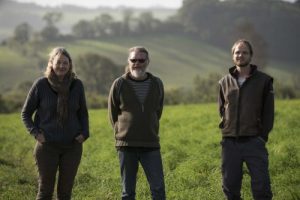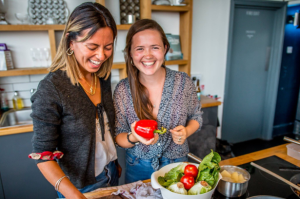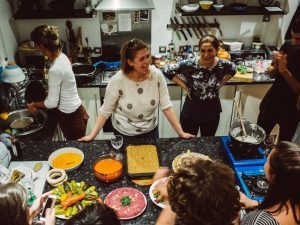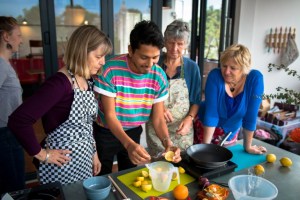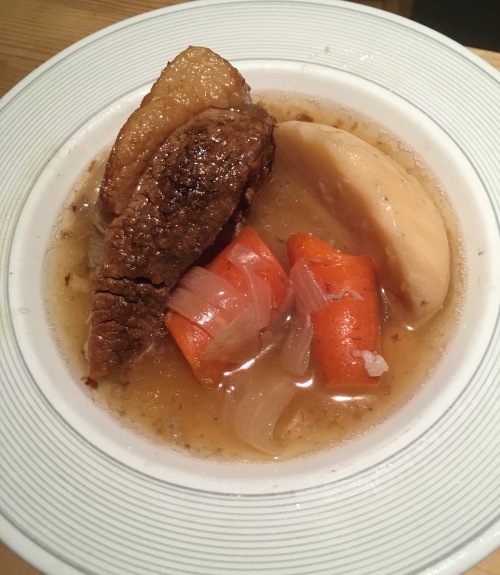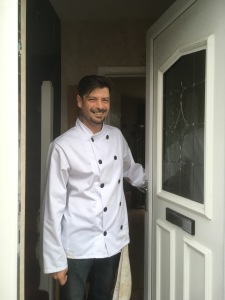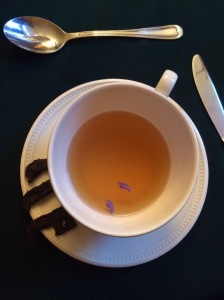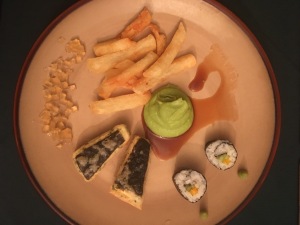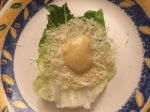
Or, more accurately, vodka plus loads of lemons.
Limoncello is an Italian lemon liqueur made by infusing a clear spirit (such as vodka) with lemon zest, then adding sugar.
I am partial to making DIY liqueurs.
So I was intrigued to read about home-made limoncello in Appetite Magazine, which I picked up in Newcastle (a fave city, not to mention home of middle daughter, Sarah – one of her projects is Girl Kind).
The recipe did not mention what to do with the lemons after removing their zest. I could not countenance wasting them!
*So I blitzed the peeled lemons (pips and all, being more domestic slattern than goddess) with my trusty wand blender, adding their strained lemony goodness to the concoction. The white fibrous pitch can be bitter so I removed as much as possible before whizzing (see pic above).
Alternatively, squeeze the peeled lemons for lemon juice, adding to the potion at the point when you add the boiled sugar and water.
Use organic lemons if possible because organic lemons are juicier and, (the domestic slattern in me again), do not require washing/scrubbing before use in order to remove traces of chemicals. A recent report from Pesticide Action Network UK found 100% of soft citrus fruit had pesticide residues.
Ingredients1 litre of vodka
8 – 10 lemons
675g sugar
1 litre of water
Method
Peel lemons with a potato peeler, adding the zest (or thin peel) to a litre of vodka.
Leave for 10 days – 1 month in a dark place to infuse the vodka with a citrus flavour.
Strain and consider adding fresh new zest.
Add 675g of sugar to a litre of water in a pan and bring it to the boil, simmering for 15 minutes. Add the cooled sugary water to the infused vodka.
For added lemony-ness, add the juice from the peeled lemons to the concoction.
*Or whizz the peeled lemons as I did for additional fresh tangy fruitiness.
Cool and bottle.
Here is a pic of my late mum, Fay, aged 93 at Carluccio’s. My mother died in January 2017 the same year as Carluccio’s founder, celebrity chef, Antonio Carluccio.
Fay once told Antonio that his restaurants were not the same since he sold the brand. How did he respond, I asked? He shrugged, she said, non-commitally.
Fay would always finish a meal at an Italian restaurant with a limoncello (or two). The pic below was taken at Carluccio’s in 2016, livening up a hospital appointment at Chelsea & Westminster.




